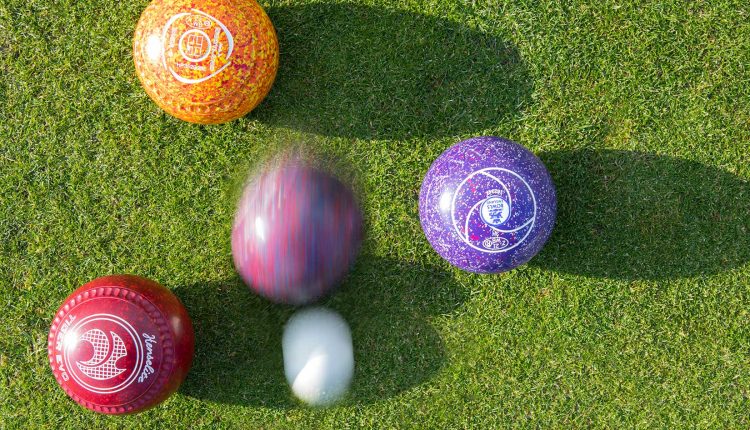Don’t Bury Your Problems – Deal With Them!
THE PROCESS OF SEA WASHING TURF
Once the original good class and size of sand particles used in bowling green production up in the Cumberland area, where the sea washed turf was mainly grown, was used up, the next layer down that was of a very fine sand and silt material with very sparse grass growing on it. The ‘sea washed’ title makes one imagine that the turf was covered over twice a day with sea washed tidal water but in fact that wasn’t strictly correct because it was a mixture of sea water and fresh water flowing from the Lake District. Much of the water coming down carrying the sandy material from the Lake District was transported via the fast running streams (River Kent and River Kerr) used to join the tide coming in so that was fresh water from the rivers that diluted the salt water quite considerably and grass was able to get established.
They then stripped the turf off one and a half inches thick, 12 inches square and initially it was all transported by horse and cart until trains were established at Carnforth. The turf was stripped every seven years to supply the trade until the best and ideal supplies were exhausted. The demand grew even bigger and the only turf that was sea washed contained a very high proportion of silt which is unsuitable for bowling greens as it doesn’t drain. This was called Silloth turf. So advice was given that the new turf had to be worked on with hollow and solid tining and gritty materials worked in. These gritty materials could be purchased from inland sand pits that were lime free (calcium free).
TOP DRESSING
Eventually, the habit of annual top dressing came into being because clubs were advised that this would improve their playing surface fairly simply. However, the process of annual top dressing, apart from the cost, did nothing to improve the silt situation underneath; it just buried the problem even more (see Jan, Feb and March 2013 issues). The silt layer prevents water from permeating through to the drainage layer and unless very deep hollow tining is carried out the turf will get waterlogged when the rain is excessive. Regularly applying top dressing builds up the green, raises the height of the green compared to the surrounding banks (minimum 9” between top of green and top of the banks) and it also increases the distance between the turf and the drainage layer. So we can see that top dressing is burying the silt layer even deeper rather than dealing with it.
It can be noticed in the soil samples that there are many different coloured layers. These represent years of dead and dying materials which were not cleaned out thoroughly by scarifying but simply covered up with top dressing. This then became an ideal seed bed for annual meadow grass whose seed is 2mm long and would germinate, together with weed seeds, beneath the top dressing layer.
WHEN TO TOP DRESS
There should be very few occasions when top dressings need to be used or purchased. The prime reason for using top dressing would be to improve the existing surface level of your green. This should only be done after a survey is done to highlight the low areas which can then be dressed up accordingly. Top dressing should always be of a type of soil that is compatible to your existing root zone. The best way to obtain soil that is compatible is to save all your hollow tinings and once they have weathered, dried and been sifted they can then be bulked up with purchased lime free sharp sand and applied to the known low areas. This not only is the best soil to use but it is also the cheapest and will save your club megabucks.
THINK WHETHER YOU NEED TO TOP DRESS
I started in grounds work in 1949 up until the present day. Clubs that have followed my advice are delighted with the results achieved and also to have saved so much of their limited funds. However, you must still always follow the principles of maximum cleanliness by scarifying the turf, hollow tining every three years to reduce the density and to maintain the height of the green above the drainage layer and regular aeration by spiking (see Feb 2013 issue).
Remember, after hollow tining, leave the holes open for two weeks for bacterial activity to take place. Do not fill the holes with any materials at all unless you are carrying out a soil exchange programme. After two weeks have elapsed, carry out solid or chisel tining in several directions to compress the turf together which allows the turf and roots to function and breathe.

